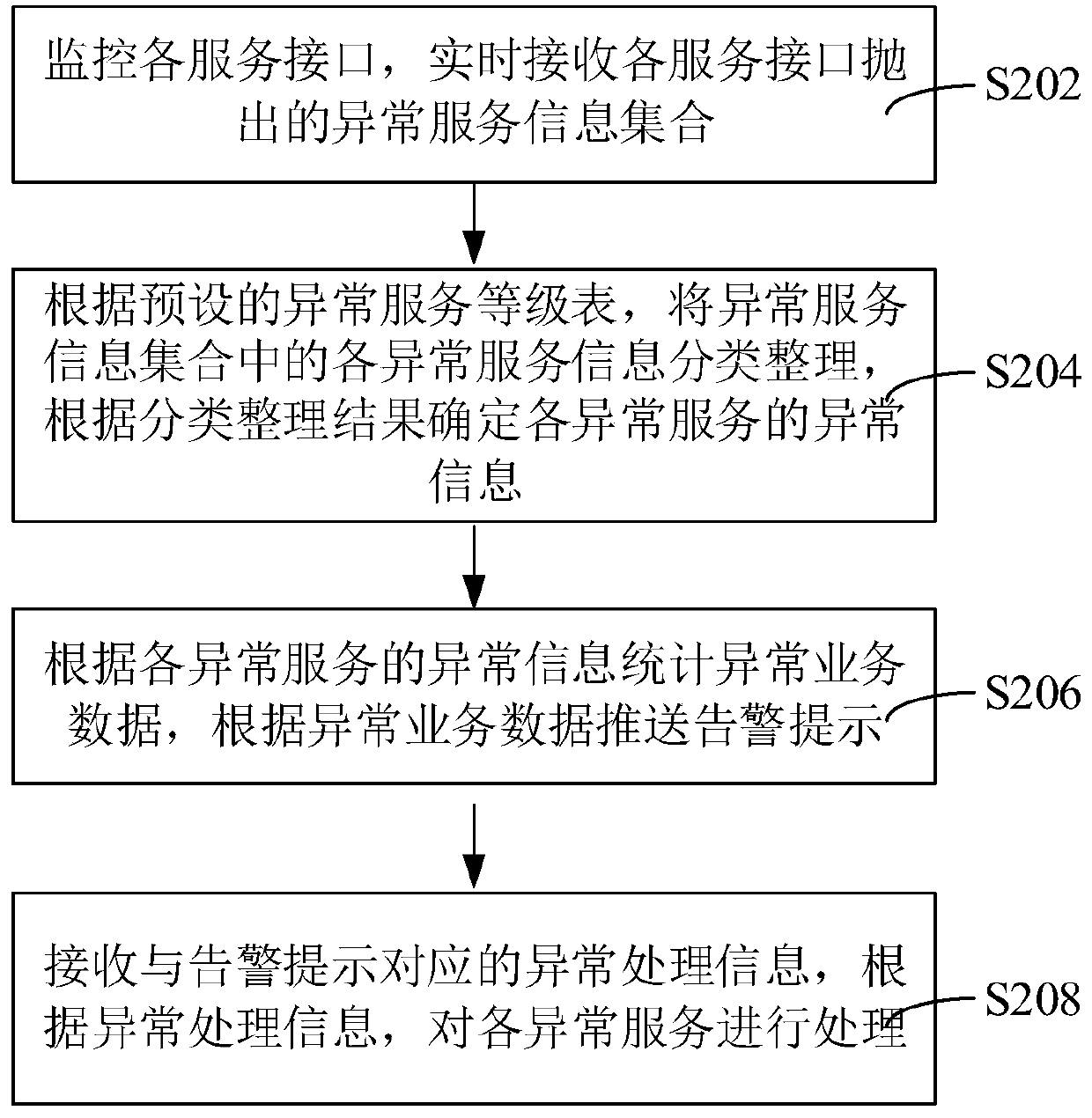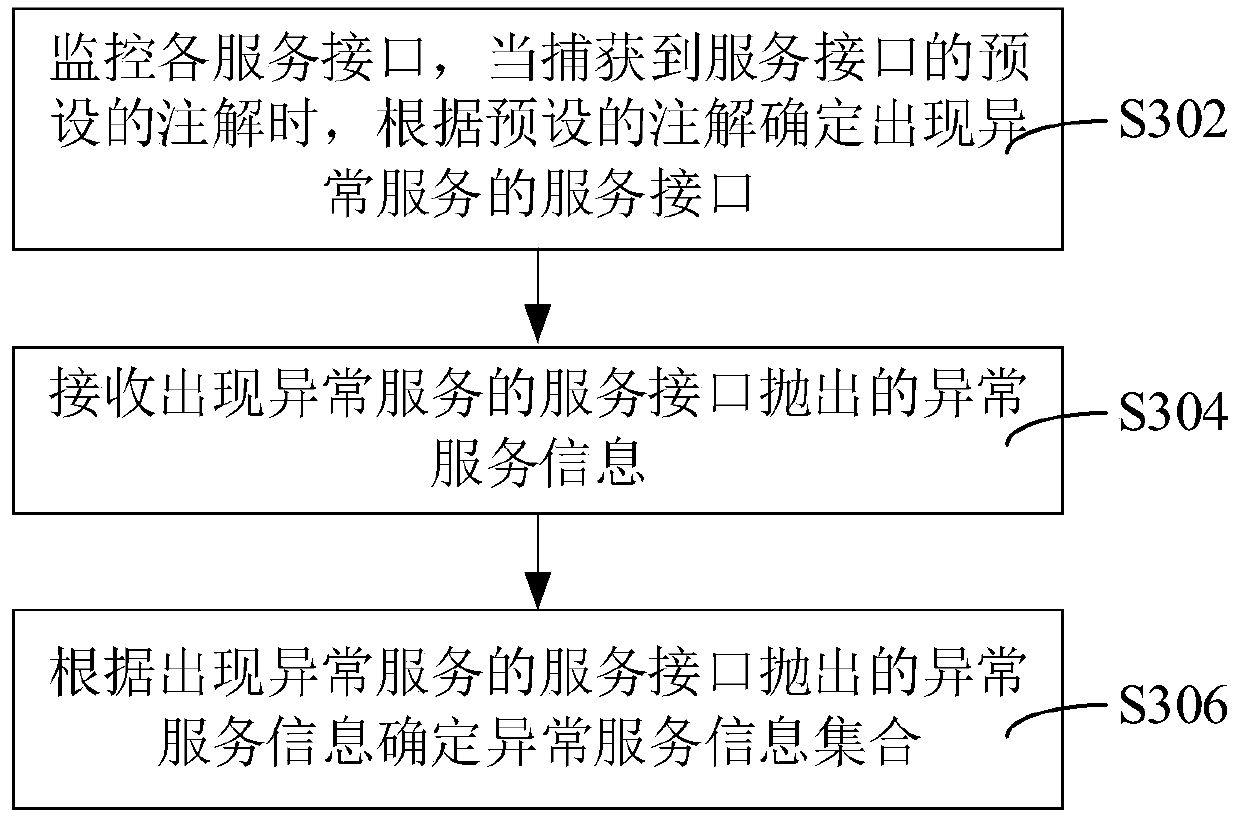Business exception handling method and device, computer equipment and storage medium
A business exception and exception handling technology, which is applied in the field of business exception handling and can solve problems affecting normal business processing on the server side.
- Summary
- Abstract
- Description
- Claims
- Application Information
AI Technical Summary
Problems solved by technology
Method used
Image
Examples
Embodiment Construction
[0058] In order to make the purpose, technical solution and advantages of the present application clearer, the present application will be further described in detail below in conjunction with the accompanying drawings and embodiments. It should be understood that the specific embodiments described here are only used to explain the present application, and are not intended to limit the present application.
[0059] The business exception handling method provided by this application can be applied to such as figure 1shown in the application environment. Wherein, the terminal 102 communicates with the server 104 through the network. The exception processing module in the server 104 monitors each service interface, receives the abnormal service information set thrown by each service interface in real time, and sorts and organizes each abnormal service information in the abnormal service information set according to the preset abnormal service level table. As a result of sorting...
PUM
 Login to View More
Login to View More Abstract
Description
Claims
Application Information
 Login to View More
Login to View More - R&D
- Intellectual Property
- Life Sciences
- Materials
- Tech Scout
- Unparalleled Data Quality
- Higher Quality Content
- 60% Fewer Hallucinations
Browse by: Latest US Patents, China's latest patents, Technical Efficacy Thesaurus, Application Domain, Technology Topic, Popular Technical Reports.
© 2025 PatSnap. All rights reserved.Legal|Privacy policy|Modern Slavery Act Transparency Statement|Sitemap|About US| Contact US: help@patsnap.com



